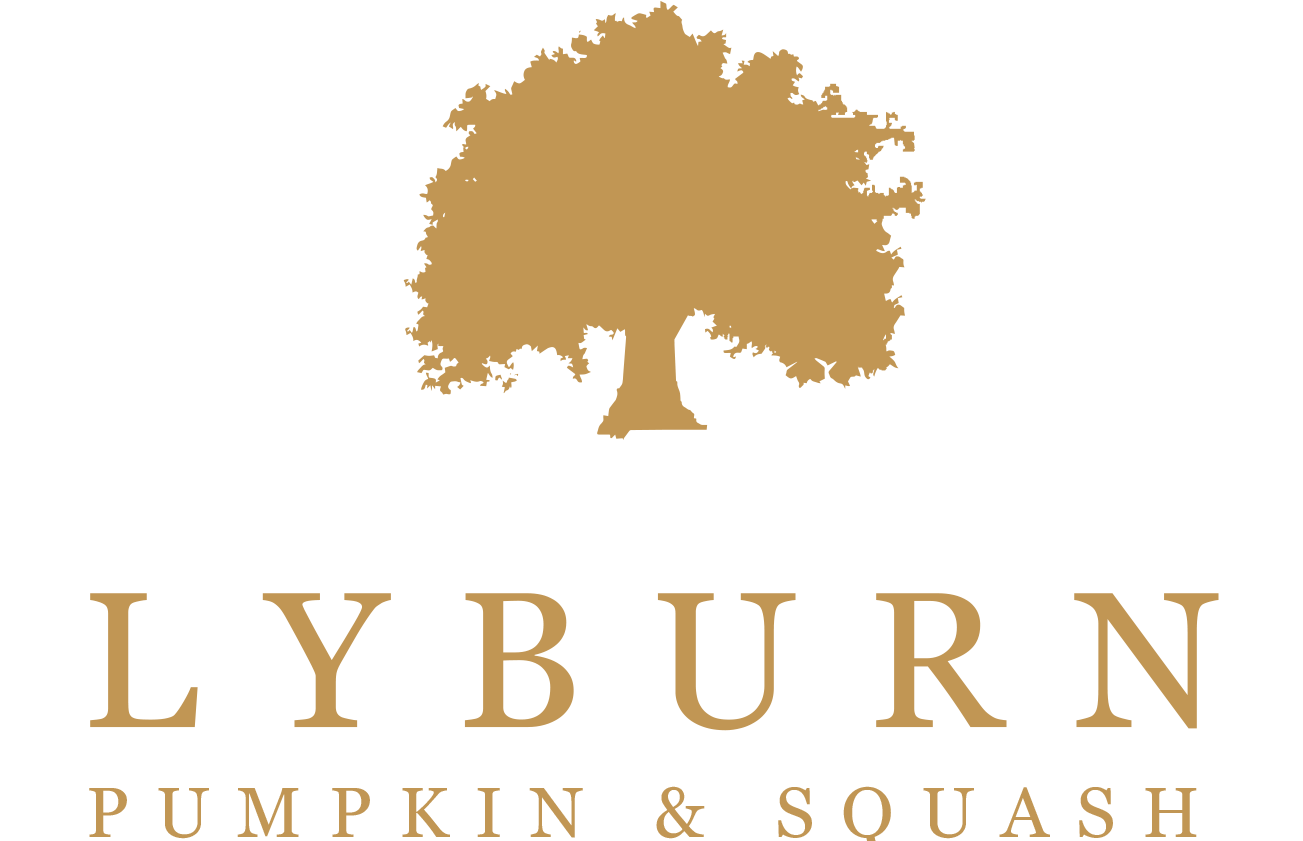Squash
We will normally grow four or five varieties of squash, some organically and some not. Everybody has their favourite. The squash come in a vast array of colours and sizes and they will have different keeping qualities. They are all members of the pumpkin family, believe it or not.
Crown Prince.
‘Crown Prince’ and ‘Grey Pumpkin’ is a grey skinned pumpkin that is a little more unusual than the traditional orange varieties and emanate from New Zealand. Although it may not look as attractive, it is one of the best varieties for culinary use. The bright orange flesh has a fine flavour which is excellent when roasted. They are good keepers, will store until April and the size of each fruit varies from 2kg to 6kg. Sold in 16kg nets.
Green Kabocha or Hokkaido. Sold out.
A member of the pumpkin family, this vegetable is a thick-skinned pumpkin-shaped squash that ranges in diameter from 8 to 12 inches with an average weight of 1kg to 3kg. Inside the hard deep green or redish-orange, spotted outer skin there is a semi-firm, dense golden flesh that has a rich, sweet flavour. With a flavor that tastes similar to pumpkin meat or a sweet potato, it is a good substitute for recipes requiring pumpkin or sweet potatoes as ingredients. When cooked its texture resembles that of a tender potato. It can be baked, braised, pureed, stuffed, or steamed to be served as a side dish or as a base for soups, cakes, and pies.
Sold in 18kg nets.
Acorn Squash. Sold out.
Although regarded as a winter squash, they are closer to the summer varieties. The most common variety is dark green in colour, often with a single splotch of orange on the side or top. However, newer varieties have arisen, including Golden Acorn, so named for its glowing yellow colour, as well as varieties that are white. As the name suggests, its shape resembles that of an acorn. Acorn squashes typically weigh 0.5kg to 1kgand are between four and seven inches long. Acorn squash is quite hardy and will keep up to Christmas, if kept in a cool dry location.
Gem Squash (Not available this year)
Another member of the cucurbit family, a little bit bigger than a cricket ball and nearly as hard!! This is a hybrid that originally came from a wild squash in Mexico and a wild squash from Central US. Generally boiled or baked and favoured by the people of South Africa. Regarded as a summer squash, but does tend to keep very well and will keep until November, stored in the right conditions.
Harliquin.
Harlequin Squash is a brightly coloured acorn-type winter squash. It is small, with a soft rind with yellow/orange and white splodges, and with dark green splashes occasionally running up it and pointed at the base. You may get about five to six forkfuls of squash to eat from one. You have to scrape at the flesh with the tines of your fork to get it off. Sold in 18kg nets.
Onion Squash. Sorry none available this year.
Onion squash, (Red Kuri or Uchiki Kuri squash) is a thick-skinned orange coloured winter squash, will keep until Christmas, that has the appearance of a small pumpkin without the ridges. Inside the hard outer skin there is a firm flesh that provides a very delicate and mellow chestnut-like flavour. They are more difficult to grow and get a sensible commercial yield, so don’t expect lorry loads from the English climate.
Munchkin.
Munchkin is a bright orange mini pumpkin, early maturing variety that produces a large number of little pumpkins per plant that remain firm for a long time. The stems are thin and sturdy, for easy harvest and less breakage in packaging. Munchkin is a great novelty and you can dry them for autumn flower arrangements and they will survive until Christmas time on a nice dry windowsill.
Turks Turban. Just a few left.
Turks Tuban is a variety of winter squash that, with time, becomes a hollow gourd. Attractive, with something of an acorn shape, the thick skin is normally colorfully mottled or striped, but the colours are generally very random. The bottom is most often orange/red, with colorful stripes and spots, and the top half has a light background for the unique splotches. They add lots of colour to any display and are members of the pumpkin family. It’s heavy, with a normal with an average weight of 2kg/3kg. It’s most easily peeled after a few minutes in boiling water, revealing yellow flesh. Use the unpeeled squash for stuffing, baking or roasting. However they are generally used for decoration.
White Pumpkin (Not available this year)
There are a number of different varieties of White pumpkins that range from 20-38 centimeters in diameter and weighing 4-6kg, to large in size averaging 63-76 centimeters in diameter and weighing 30kg, and ours would tend to be 4-10kg.White pumpkins tend to be more spherical , quite uniform, and round with shallow ribbing. The rind is smooth to the touch and a lovely ivory/white, and the flesh can be white or orange, dense, and firm encasing a central cavity filled with pulp and flat, cream-colored seeds.
